Wendy Banks, Rick Trudeau and their daughter Leigha are sixth- and seventh-generation farmers on their family property in Lyndhurst, Ontario. Wendy and her siblings grew up steeped in the value of land and food, her father, Neil, believing that one day there would be a shortage of both. While his hands worked the soil in the present, he and his wife, Gail, amassed a thousand acres and planted trees with an eye to the future.
The market occupies a heritage one-room schoolhouse on that land, repatriated to the family homestead when it was closed in 1956. Most of the other neighbourhood kids worked summers at the local Opinicon resort as waitresses, chambermaids and maintenance staff, but Wendy stayed put.
“I never wanted to leave,” she says, and she didn’t, watching others around her drift off the land to somewhere else.
It was a frozen January morning when I drove down to meet her. I had heard about the hub, and was intrigued by the year-round delivery option, being able to order food online by the week instead of being bound to a fixed subscription of defined offerings with a single CSA. If I needed twenty pounds of potatoes instead of five, or one bottle of milk instead of three, I could order exactly that.
The Evolution of Food Hubs
Food hubs are a fairly recent phenomena, taking a variety of forms but with a two-fold common mission: 1) to distribute locally grown food directly to end users (individuals, restaurants, institutional clients); and 2) to strengthen food security, reducing dependency on imports. Through aggregation, hubs provide the widest product selection and benefit both growers and consumers: Consumers don’t need to drive around the countryside to buy from individual farms and, likewise, growers find their market en masse. It’s about strength in numbers.
As we stood chatting, a few customers came and went, on the surface a ‘slow’ day compared to the crowds of 500 to 800 who show up from late spring through early fall, especially on weekends. But, as Wendy writes, life on the farm is never really ‘slow’:
For farmers with animals there is the thawing out of water , trudging through the snow or ice to feed them 365 days of the year (there are no snow days ). Winter is time to repair and do machinery maintenance. Greenhouses must be constantly monitered for snow loads. Anyone with wood fires knows that is a semi-full time job. For those still selling root crops , this is the time of year that the cold and icy water veggie baths are not so refreshing! It is also the time…to plan the year ahead figuring out what worked and what did not. It’s time to get all those seed catalogues out and try to figure out what is going to be the big sellers for this year. This is a gamble in itself.
Her grandmother’s red cedar-strip canoe is suspended from the turquoise ceiling above the chalkboards listing products from the dozen or so fridges and freezers arranged around the room. I open and close the doors and peruse the shelves, slowly assembling my order: two kinds of homemade ice cream (amazing!), wild leek pesto, whole milk in a glass bottle, turkey sausages, raspberry pie, sweet potatoes the size of a small cat, dried chilies, apple cider, brussel sprouts, leeks, artisanal cheese, and an assortment of colourful root vegetables. I’m too early by a week for the first greens of the season.
Lyndhurst is in the heart of cottage country, surrounded by lakes, campgrounds and second homes. During peak season, visitors flock to the market to purchase fruits, vegetables, poultry and meats as well as dairy, baked goods, pre-made entrees, fish and dry goods from more than seventy local producers. Three-quarters of the produce and two-thirds of the meat/poultry/fish is organic and traceability – knowing precisely where one’s food is coming from – is a big part of the attraction. Each week she delivers to about fifty local restaurants and offers location-based catering. And one Sunday a month, from April through October, she hosts thematic fairs featuring chefs, musicians and artisans.
Wendy’s goal is straightforward: to sell more local food to more people. But market development – matching capacity to market share – can be tricky. There are currently more producers in the area than customers. One of her strategies is to partner with CSA’s (individual farmers) who have an existing customer base and a desire to expand their product offerings. Another is to sell more into her current catchment area – Napanee to Kemptville – leveraging community groups or businesses as single-point drop-offs for new clients. Once again, it’s about strength in numbers.
What you can do to support local food
1. Purchase from the market in person (see map below)
2. Advertise the mobile market to your neighbours; arrange home delivery, organizing group drop-off into your community (mobile market order form here)
3. Encourage your favourite restaurant and company cafeteria to buy local food (commercial information here)
************
As the signs by side of rural roads remind us: “If you ate today thank a farmer.” It’s a tough but essential job, requiring strength of character, persistence and a long view of the world. Wendy was born on the land but what keeps her rooted there?
You may ask WHY do it . The answer is FARMERS LOVE WHAT THEY DO!! IT IS IN THE BLOOD! Farmers love the feel and smell of the earth and the outdoors. The joy of seeing seedlings sprout over and over again. The love of living where they work and being their own boss. The joy of little calves sucking on their shirt sleeves, watching hens scratching around the yard and the birth of newborn animals. The pure joy of feeding people healthy food. Seeing customers eating fresh dug carrots and introducing new veggies to children . These are some of things on why farmers are farmers. Next time you talk to a farmer ask them why and watch this big grin start as they explain WHY.
For more information:
Further reading:
The Popularity and Potential of Regional Food Hubs
Local food books from Chelsea Green Publishing
The Ontario Table: The Best Food From Across the Province by Lynn Orgryzlo

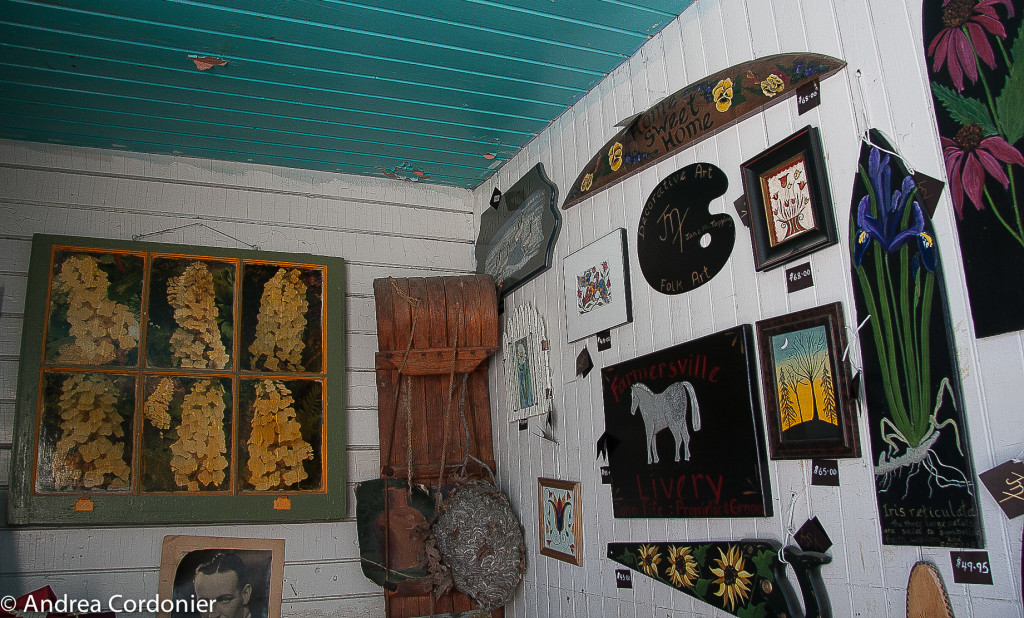
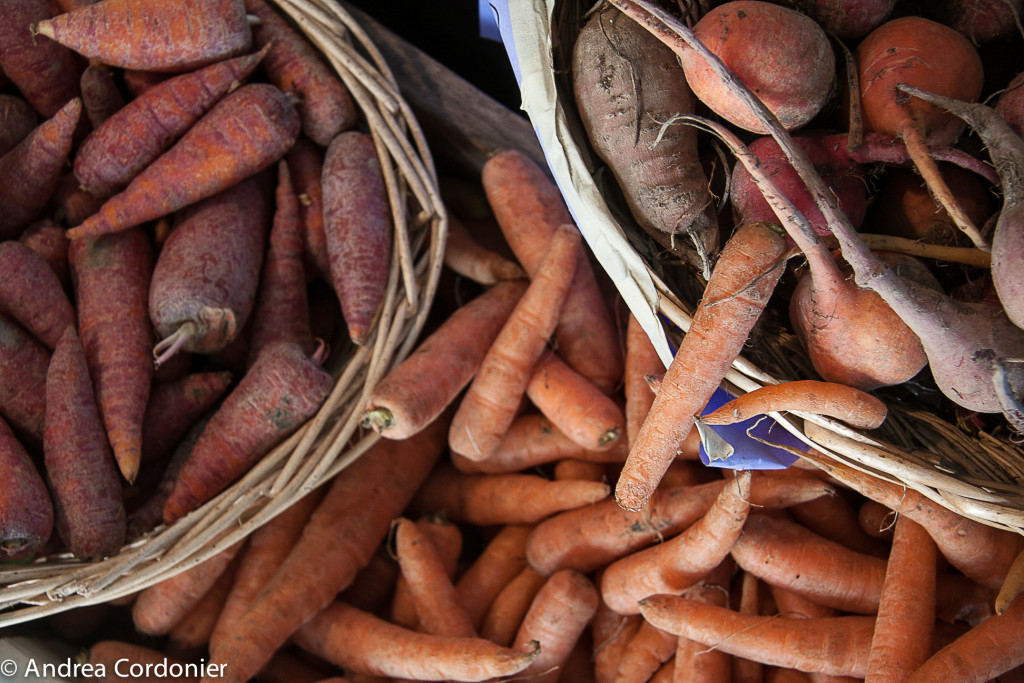
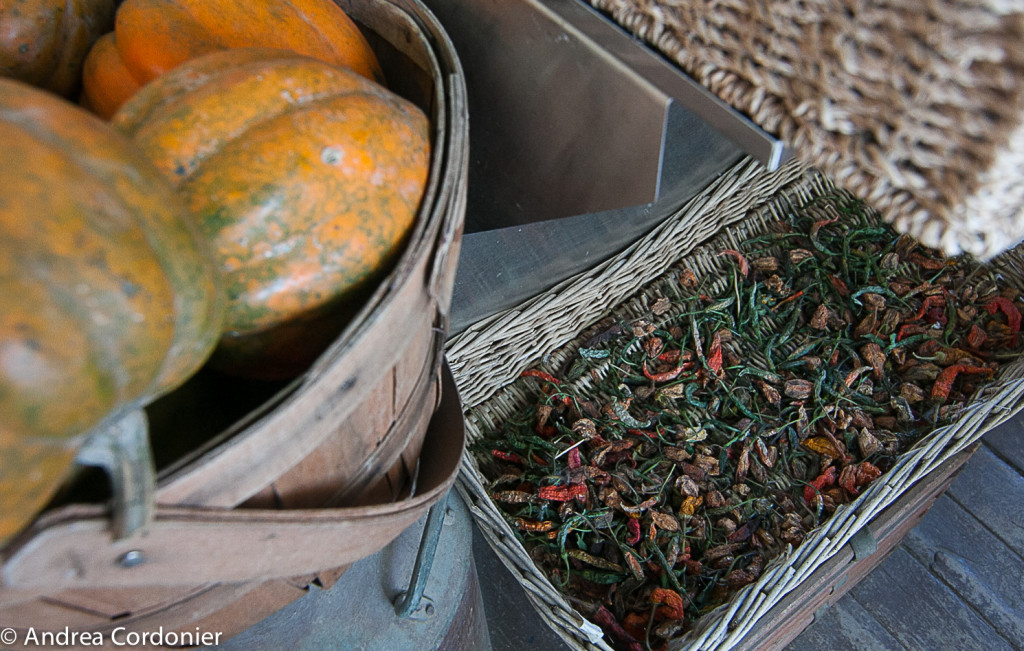
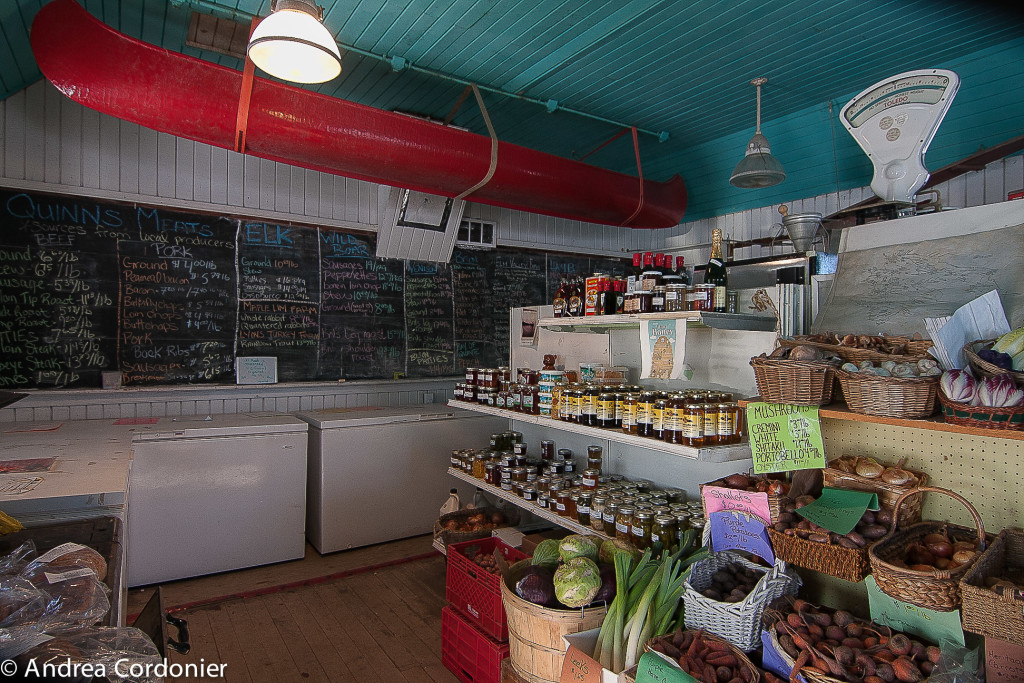
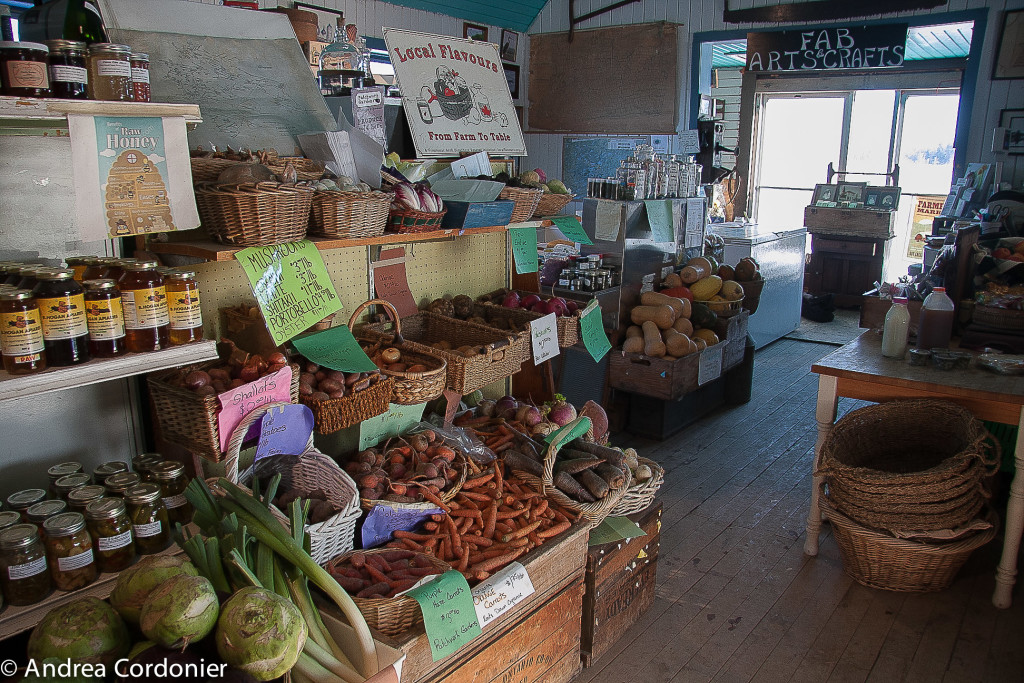
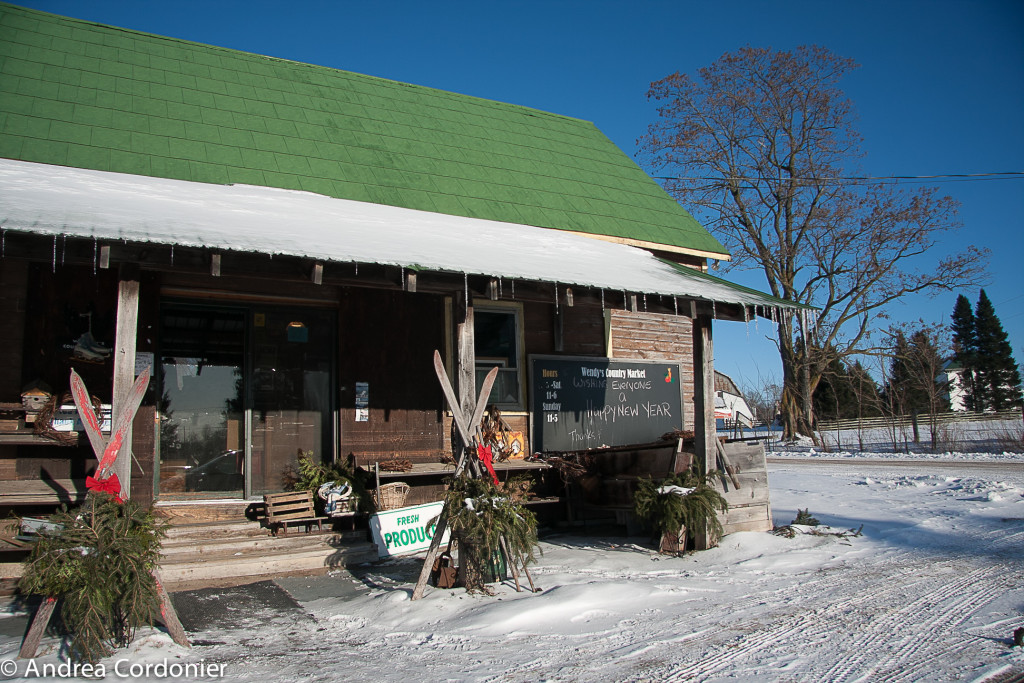
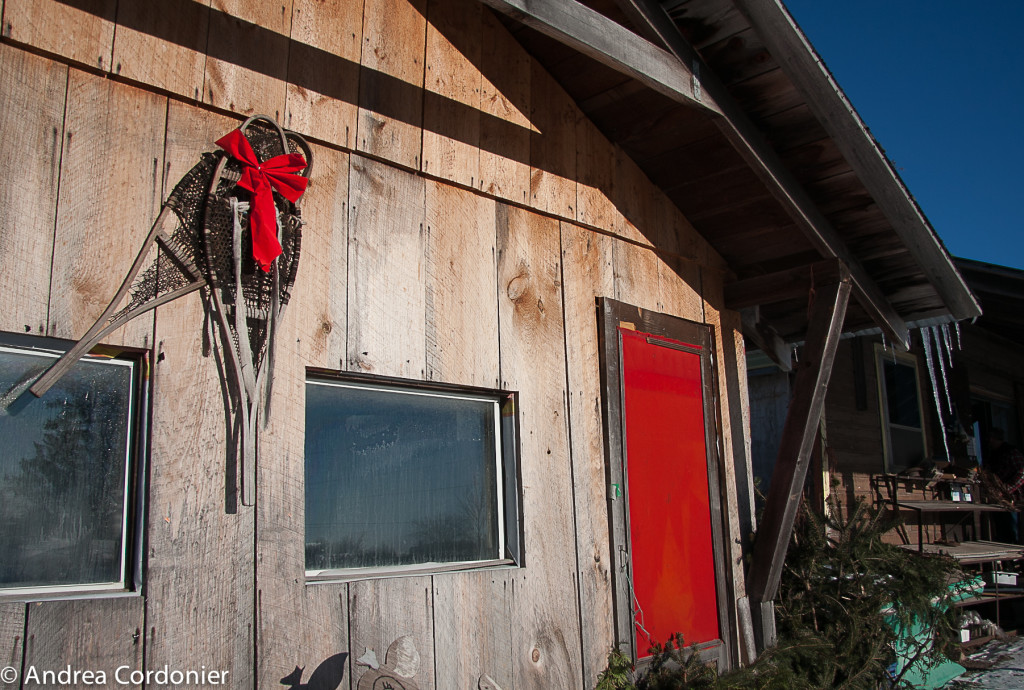
7 responses to “Food Hub: Wendy’s Country Market”
This market is one of my favourite places to visit. I love the meat they sell and the baked goods. My sister has worked for Wendy’s Country Market for 2 summers now and just loves it. The staff are so welcoming and friendly. I visit the market frequently in the summer for lunch at Wendy’s food truck located in the parking lot. The food is healthy (No greasy food like french fries) and the price is great. I always finish with Wendy’s many choices of homemade ice cream for desert. I love going to the many events held throughout the year too. This really is a wonderful place to shop and I recommend it to anyone looking for a huge selection of locally grown food!
Wendy’s is the best. One of my favourite places in the whole world!
That’s great! I can totally see why you love it.
The home made ice cream is the best! My 92 year old dad( a cousin of Wendy’s) want pineapple flavoured ice cream , Wendy asked for my dad , and dad received his pineapple ice cream. (It tastes like ocean breezes and pineapple!
Wendy and her family have been selling local produce and meats, long before it was the thing to do.
Yeah, Wendy’s ‘hip’ without even trying!! She has such a great story to tell. Definitely have to go back for the ice cream, not to mention the company.
Oh, isn’t this wonderful! I love the sound of the homemade ice-cream! What flavours???
I knew someone would ask me that! Lemon/cranberry and a gorgeous ginger/something! Isn’t short term memory loss great???!